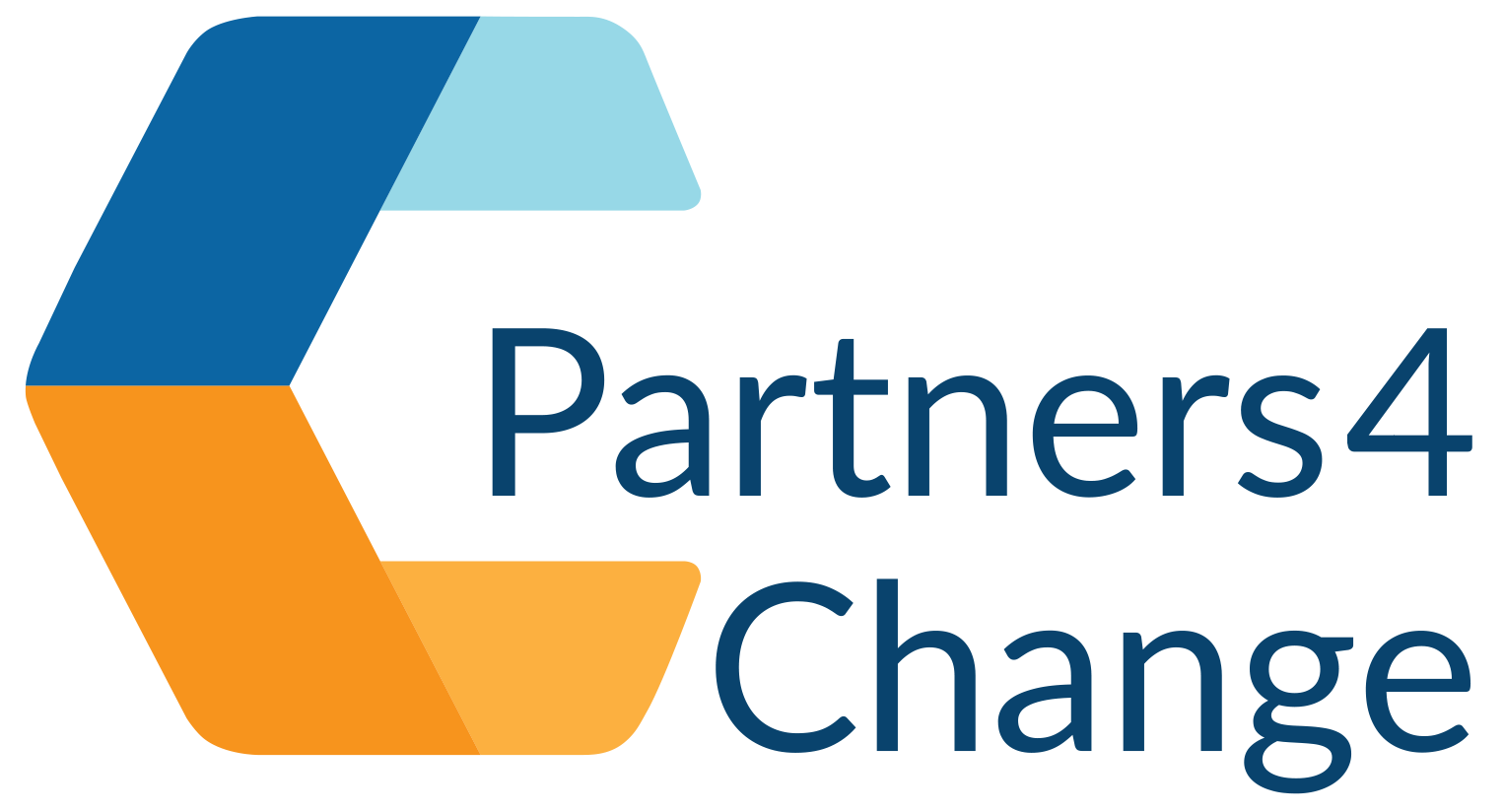Power of Three – saving significant amounts of money in health and social care
The public sector is regularly accused of hiding behind clichés and jargon, particularly when it comes to claims of improving services, while simultaneously cutting costs.
Indeed, most people would laugh at the idea of councils claiming to drive innovation and creativity in health and social care, while making significant savings and improving people’s lives. That simply can’t be done. Can it?
In several environments – large shire authorities and smaller unitaries and metropolitan boroughs – councils are being coached and mentored by us to introduce a new way of working. This work is done in tightly governed innovation sites that liberate frontline workers to work differently according to a precise set of rules, listen to people and use their creativity and skills to produce different and better outcomes.
With a commitment to collect evidence of impact every day, these innovation sites are building up a compelling story about how we can do things differently – and better.
Recently, Partners4Change has been working with councils to replace their traditional ‘assessments for services’ culture with a new behaviour, culture and practice based on The Three Conversations®.
Hundreds of people across a number of councils have now experienced this different type of interaction. We already have evidence to prove that productivity of the workforce shoots up, and satisfaction with this approach from people and families who need support also rockets compared with the traditional approach to social care based on diversion, sign-posting and eligibility tests – where the only currency or offer available is units of hours, days and nights of formal care.
Hot off the press, and too soon to reference, as the numbers are being independently verified, it is now being demonstrated that significant savings can also accrue to health and social care systems.
Here are three examples:
Council A: applied The Three Conversations® to 100 random people on their ‘overdue review’ list. At the start of the process those 100 people cost the council more than £750k. At the end of the process that had reduced by £100k. If that council replicated that across its whole population of people with support, the total saving would be some £1.5 million annually recurring. This was through a combination of ceasing un-needed services (14 people), working urgently with people who despite being on the list were actually in crisis (19) and by working with the rest of the people using the asset-based, community-focused way to reduce dependence on formal care.
Council B: applied The Three Conversations® in part of their large centralised contact function (alongside the rest of the contact centre which carried on working in its traditional way). This innovation site produced savings of about £3m whole year effect, compared to the business-as-usual approach by listening to people, connecting them to things that helped make their lives work better and responding urgently and effectively when people were in crisis – rather than prescribing services. There was a significant reduction (about 50%) in the number of people being passed through to community teams for further work. The contact centre manager remarked on how you could tell, just by listening into the different conversations, how big the difference was. In the traditional approach the conversation was focused on a script of questions that the individual was asked so they could be ‘triaged’ or diverted – the individual was largely passive and reactive. In the innovation environment the conversation was real, vibrant and personal – based on what really mattered to the individual and what was important to them.
Council C: applied The Three Conversations® jointly with a GP practice and local community health staff to 200 people on the GP practice’s ‘at risk of admission’ list – who represent about 2% of the GP population. Initial evaluation of this innovation site suggests that if the results were replicated across the whole of the council’s area and all of its GP surgery ‘risk of admission lists’, this would create about £6m of savings for social care (mainly in reductions in usage of residential and nursing care) and £4m of savings for the NHS (mainly in the reduction in A&E admissions – using the King’s Fund analysis of A&E costs).
One of the key reasons for using this ‘innovation site’ approach is to create protected and supported environments where the rules can change, and we can effectively collect evidence of what happens when we work differently.
It is undoubtedly true that there is a current crisis in health and social care because of the underfunding that is not going to stop for the lifetime of this parliament. These results show, however, that we are much more powerful than we think, in being able to work differently, and making a positive impact on people’s experience, on the fulfilment of our workforce and also significantly on the amount of money we spend.
